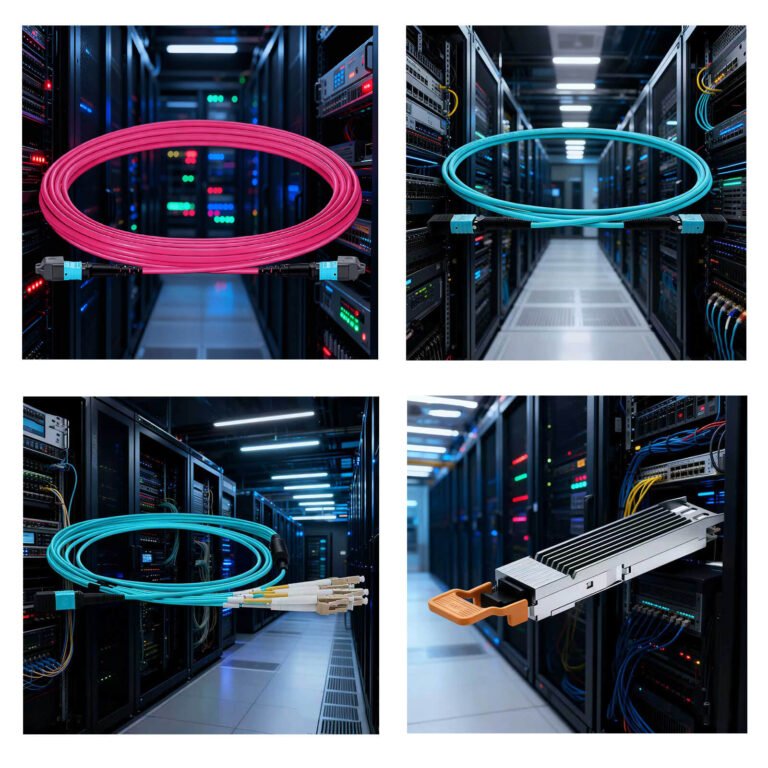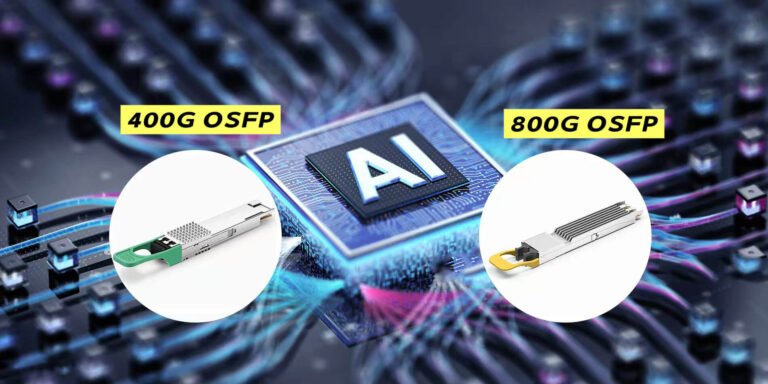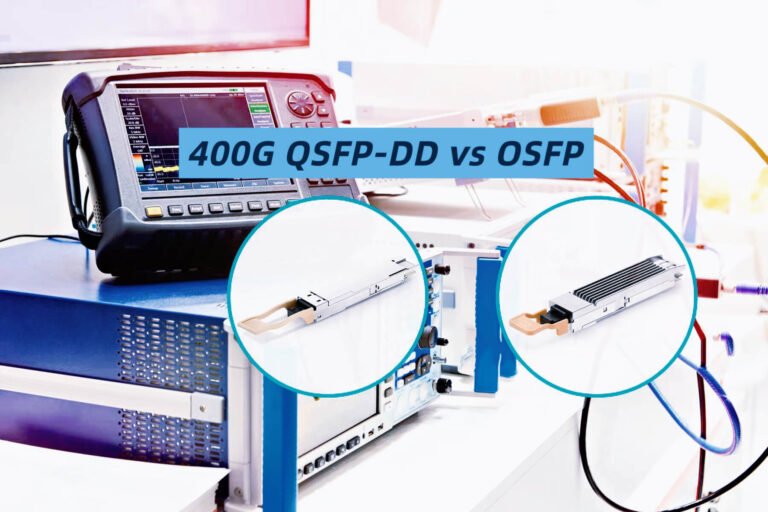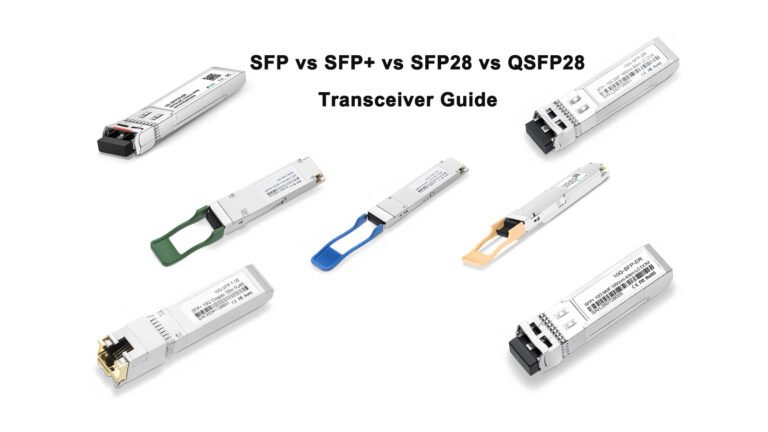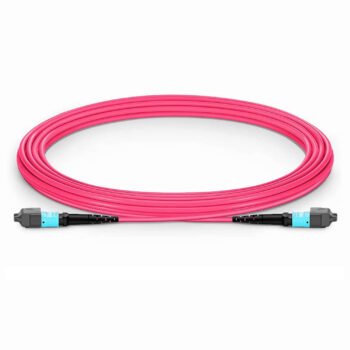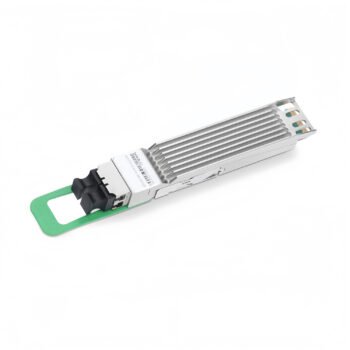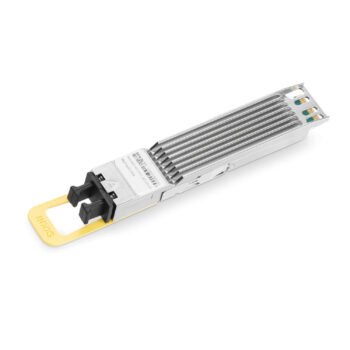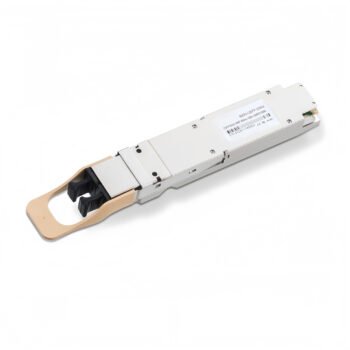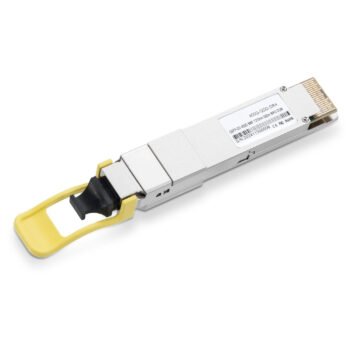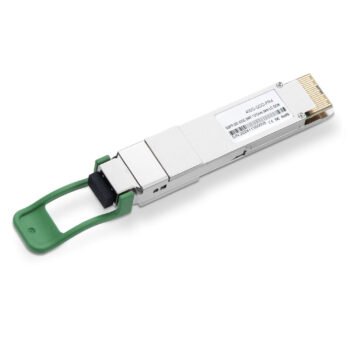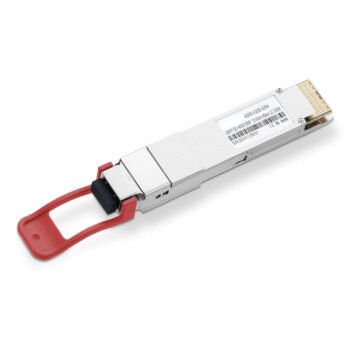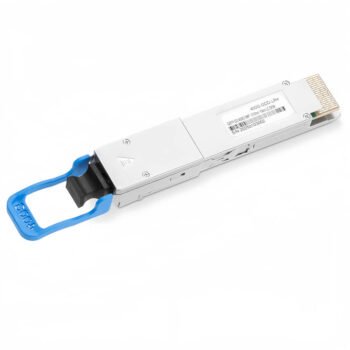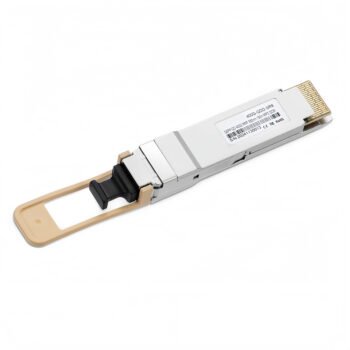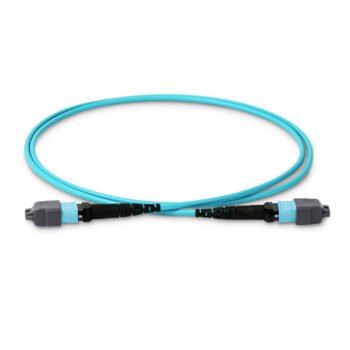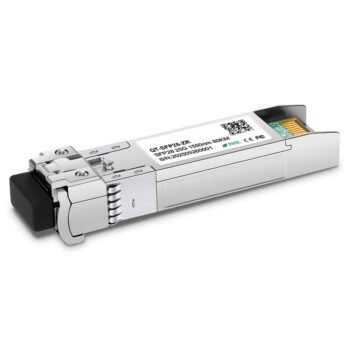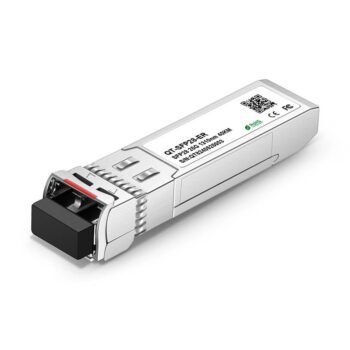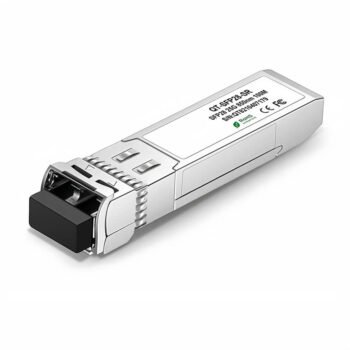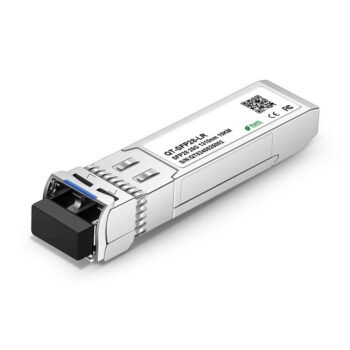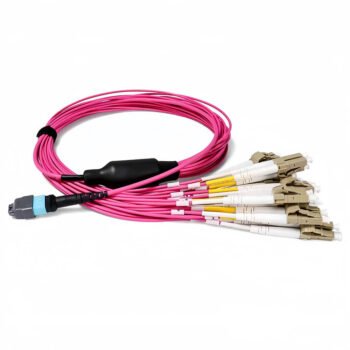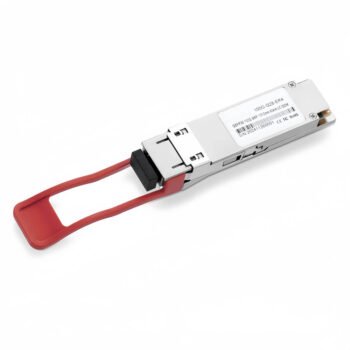MTP/MPO Trunk Outdoor Cable Assemblies: Rugged Connectivity for Harsh Environments
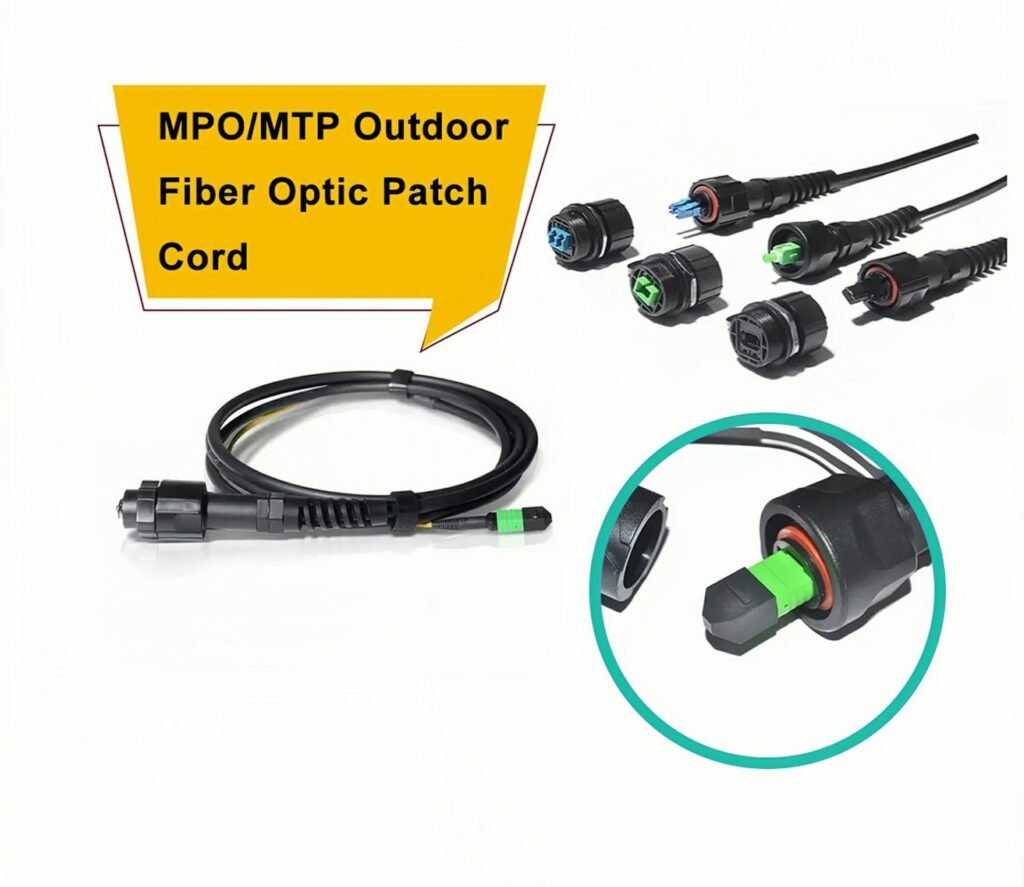
The first time I hoisted a pre-terminated trunk up a 90-meter tower, the winch jerked, the cable scraped the ladder cage, and my heart skipped. Would the fibers survive? That install taught me two lessons: choose the right armor and insist on lab-verified thermal cycling. In this guide I unpack those choices and show where custom ODM/OEM builds can save weeks on site.
Outdoor MTP/MPO trunks must endure crush loads, ice, salt fog, and daily thermal swings. A properly built assembly pairs a multi-fiber MT ferrule with jacketing that meets Telcordia GR-20 tensile 600 N1 and holds insertion loss to < 0.35 dB even after IEC 60794-1-22 temperature cycling −40 °C ↔ +70 °C[#temp-cycle]2.
Armored vs. Non-Armored Trunk Cables—When to Choose Each
Armored trunks wrap the buffer tubes in corrugated steel or aluminum tape. Non-armored rely on aramid yarn for pull strength and a PE or LSZH jacket.
An armored design withstands crush loads above 2.0 kN/m3 and shrugs off rodent bites; weight and bend radius climb as the trade-off. I reach for armor when trunks run in trenched conduit shared with power cables, or when backhoes roam nearby. Non-armored works fine in protected ducts or aerial self-support spans under 100 m where the messenger takes the stress.
Comparative Spec Table
| Attribute | Armored MPO Trunk | Non-Armored MPO Trunk |
|---|---|---|
| Crush Resistance | ≥ 2 kN/m | 0.5 – 1 kN/m |
| Min Bend Radius | 15× OD | 10× OD |
| Mass (24 F, 100 m) | ≈ 28 kg | ≈ 18 kg |
| Rodent Protection | Excellent | Moderate |
| Grounding Path | Integrated | External bond wire |
Field Story
During a metro-rail upgrade, our armored trunks took a direct jackhammer hit—sheared the conduit yet fibers stayed lit. The unarmored control cable next to it snapped like spaghetti.
Temperature Cycling: Maintaining Low Loss in the Field
Mountain shelters swing from scorching noon sun to alpine frost overnight. Each cycle expands and contracts the ferrule–fiber interface.
We qualify every trunk with IEC 60794-1-22 F1 cycles2: eight hours at +70 °C, eight at −40 °C, 20 cycles total. A pass means attenuation shift ≤ 0.05 dB4 and no visual cracks.
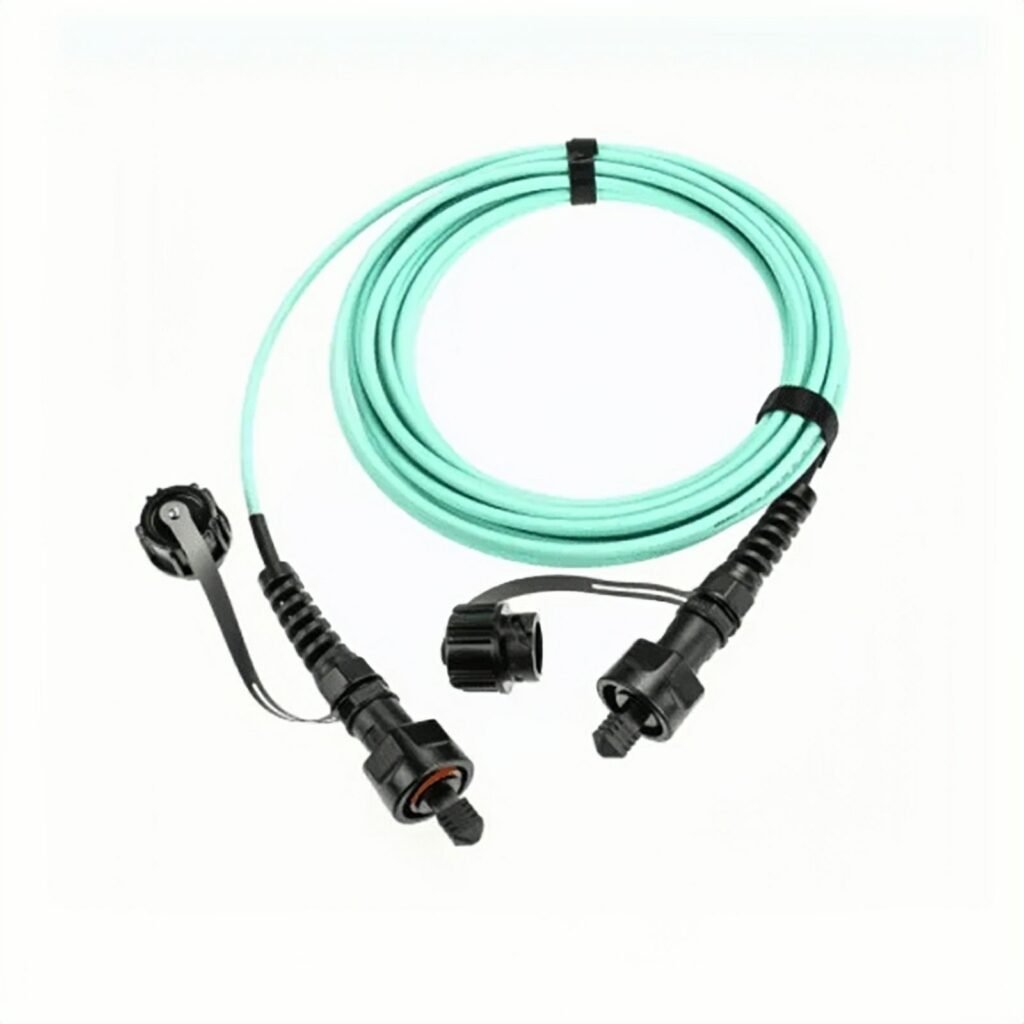
Thermal-Shift Results (12-Fiber OM4)
| Cycle | ΔIL at 850 nm | ΔIL at 1310 nm |
|---|---|---|
| 0 → 5 | +0.01 dB | +0.01 dB |
| 5 →10 | +0.02 dB | +0.02 dB |
| 10→15 | +0.03 dB | +0.03 dB |
| 15→20 | +0.04 dB | +0.04 dB |
We embed an epoxy-potted MT ferrule and float the housing so thermal stress bypasses the glass. After 20 cycles, insertion loss stays flat and return loss holds above 55 dB.
Hot-Slope Cold-Slope OTDR Signatures
On-site, I shoot a bidirectional OTDR; mismatched slopes signal micro-bends from thermal shrink. Replace any jumper showing > 0.2 dB drift between directions.
ODM/OEM Customization Options for Telco Projects
Carriers rarely accept catalog lengths. They need pre-measured runs, odd fiber counts, and color codes that map to legacy frames.
As an OEM, we build to existing drawings. As an ODM5, we co-design new armor profiles, mini-breakout tails, or hybrid power + fiber constructions. Typical requests:
- 36-fiber Base-12 with dual breakout points 50 m apart.
- RoHS-compliant LSZH jacket6 for underground stations.
- Laser-etched serial numbers and QR codes for asset apps.
- Low-voltage copper pair for tower-top sensors.
MOQ & Lead-Time Cheatsheet
| Feature | MOQ | Extra Lead Time |
|---|---|---|
| Non-standard length | 20 pcs | +3 days |
| Alternate jacket color | 50 pcs | +5 days |
| Hybrid power-fiber | 100 pcs | +10 days |
| Custom armor alloy | 200 pcs | +14 days |
Procurement often asks about minimum order quantities7. Small pilot builds stay feasible if the BOM matches existing stock ferrules and fan-out boots.
Field-Repair Path
Even rugged trunks meet forklifts. Crushed ferrules can be swapped on site with a crimp-style MPO repair kit8. Fusion-splice pigtails win on optical budget but take more gear. I carry both in the van.
Conclusion
Outdoor MTP/MPO trunk assemblies succeed when armor, thermal design, and customization line up with the site hazards. Armored steel keeps excavators and rodents at bay; floating ferrules ride out the daily −40 °C to +70 °C swing. ODM tweaks—hybrid power, LSZH jackets, or staggered breakouts—trim install hours and SLA penalties. Upfront lab data beats midnight callouts, so demand IEC and Telcordia reports with every reel. Your fibers—and sleep schedule—will thank you.
-
Telcordia GR-20-CORE tensile-strength baseline (600 N) for outdoor trunks. ↩
-
IEC 60794-1-22 F1 temperature-cycling protocol (−40 °C ↔ +70 °C, 20 cycles). ↩ ↩
-
Armored cable crush-resistance ratings that prove the mechanical benefit of metal jacketing. ↩
-
Typical attenuation shift limit (≤ 0.05 dB) after full thermal cycling. ↩
-
Definitions and differences between OEM and ODM in telecom cable manufacturing. ↩
-
RoHS-compliant LSZH jacket specification for low-smoke, zero-halogen outdoor cables. ↩
-
Common minimum-order quantities for customized MPO trunk assemblies. ↩
-
Comparison of crimp-style and fusion-splice MPO field-repair kits. ↩

